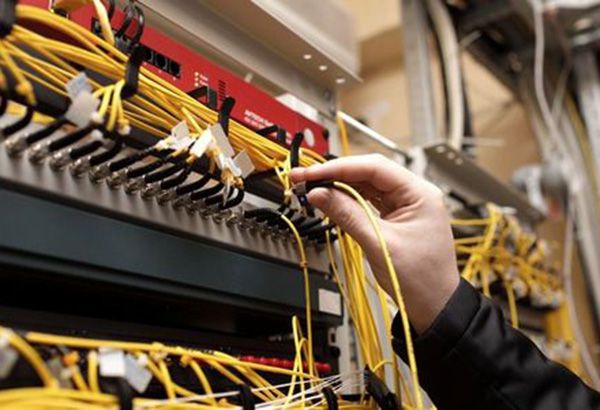Introduction:
In an era where sustainability is a global priority, it is crucial to explore the environmental impact of our technological advancements. Optical fiber cables have emerged as a sustainable solution in the field of communication. In this article, we will delve into the environmental benefits of optical fiber cables and how they are contributing to sustainable communication solutions.
Energy Efficiency:
One of the primary environmental advantages of optical fiber cables is their energy efficiency. Unlike traditional copper cables, which require electrical signals to transmit data, optical fibers use light. This results in significantly lower energy consumption during data transmission. As data demands continue to increase, the energy-saving potential of optical fiber cables becomes increasingly significant in reducing carbon emissions and conserving energy resources.
Reduced E-Waste:
Electronic waste, or e-waste, has become a pressing environmental concern. The rapid advancement of technology often leads to the obsolescence of older communication systems and equipment. However, optical fiber cables have a longer lifespan compared to other communication technologies like copper cables. Once installed, fiber optic infrastructure can remain in service for decades, reducing the need for frequent replacements and minimizing e-waste generation.
Low Environmental Impact during Manufacturing:
The manufacturing process of optical fiber cables has a relatively low environmental impact compared to other communication technologies. The raw materials used in the production of optical fibers, such as silica glass and polymers, are abundant and readily available. Furthermore, advancements in manufacturing techniques and recycling processes have further reduced the environmental footprint associated with production.
Reduced Carbon Footprint:
Optical fiber cables play a vital role in reducing the carbon footprint of communication networks. By enabling high-speed data transmission, fiber-optic technology reduces the need for physical transportation and travel. As a result, the reliance on transportation-intensive practices, such as commuting to offices or traveling for meetings, can be minimized. Video conferencing and remote collaboration, made possible by high-speed fiber optic networks, help decrease carbon emissions associated with transportation and contribute to sustainable work practices.

Enabler of Smart Cities:
The rise of smart cities is dependent on efficient and sustainable communication systems. Optical fiber cables form the backbone of these smart city infrastructures by connecting various devices, sensors, and systems. Through this connectivity, cities can optimize energy management, waste management, transportation systems, and other essential services. The use of fiber-optic technology not only improves the efficiency of these systems but also drives sustainability by reducing energy consumption, optimizing resource allocation, and minimizing environmental impact.
Support for Renewable Energy:
Renewable energy sources are crucial in achieving a sustainable future. Optical fiber cables are vital in supporting the development and effectiveness of renewable energy systems. By providing high-speed internet connectivity and communication capabilities, fiber optics enable real-time monitoring, control, and optimization of renewable energy generation systems. This allows for better management of renewable energy resources, increased efficiency, and reduced reliance on non-renewable energy sources.
Digital Transformation for a Circular Economy:
The transition to a circular economy requires the digital transformation of industries and processes. Optical fiber cables provide the necessary infrastructure to facilitate this transition. By enabling high-speed data transmission, fiber optics support digital platforms that enable sharing, collaboration, and resource optimization. Industries can embrace circular business models, such as product-as-a-service or resource sharing, which reduce waste and promote efficient resource utilization.
Conclusion:
As the world strives for sustainable solutions in all areas of life, optical fiber cables emerge as an environmentally friendly choice in the field of communication. Their energy efficiency, longer lifespan, low environmental impact during manufacturing, reduction in carbon footprint, enabling of smart cities, support for renewable energy, and facilitation of a circular economy all contribute to their environmental benefits. By adopting fiber optic technology, we can achieve sustainable communication solutions that not only meet our evolving needs but also minimize environmental impact and promote a greener future.



